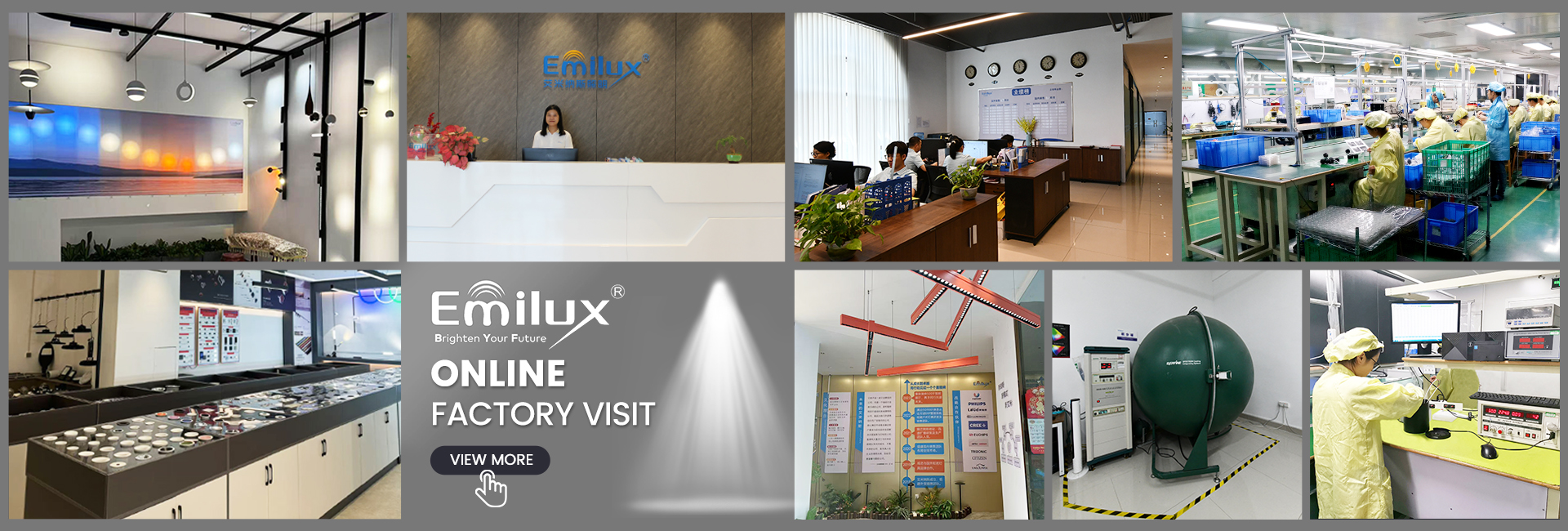
When it comes to engineering projects, lighting is often an overlooked aspect that can significantly impact both functionality and aesthetics. Downlights, in particular, are a popular choice for many applications due to their sleek design and versatility. However, choosing the right downlights for your engineering project can be a daunting task, given the myriad of options available in the market. In this blog, we will explore the essential factors to consider when selecting downlights, ensuring that your project not only meets technical requirements but also enhances the overall environment.
## Understanding Downlights
Before diving into the selection process, it’s crucial to understand what downlights are. Downlights are recessed light fixtures that direct light downwards, providing focused illumination. They are commonly used in commercial and residential spaces, including offices, retail stores, and homes. Their design allows them to blend seamlessly into ceilings, making them an excellent choice for modern architectural styles.
### Types of Downlights
1. **LED Downlights**: These are energy-efficient and have a long lifespan. They produce less heat compared to traditional incandescent bulbs, making them ideal for various applications.
2. **Halogen Downlights**: Known for their bright, white light, halogen downlights are often used in spaces where color accuracy is essential, such as art galleries.
3. **CFL Downlights**: Compact fluorescent lights are more energy-efficient than incandescent bulbs but less so than LEDs. They are suitable for areas where lights are left on for extended periods.
4. **Incandescent Downlights**: While they provide warm light and excellent color rendering, they are less energy-efficient and have a shorter lifespan compared to other options.
## Key Factors to Consider When Choosing Downlights
### 1. Purpose and Application
The first step in selecting downlights is to determine the purpose of the lighting. Are you illuminating a workspace, creating ambiance in a retail environment, or highlighting architectural features? Understanding the application will guide your choice of downlight type, brightness, and beam angle.
### 2. Brightness and Lumens
Brightness is measured in lumens, and it’s essential to choose downlights that provide adequate illumination for the intended space. For example, a workspace may require brighter lights (around 300-500 lumens per fixture), while a living area may only need 100-200 lumens. Consider the size of the room and the height of the ceiling when calculating the total lumens needed.
### 3. Color Temperature
Color temperature, measured in Kelvin (K), affects the mood and functionality of a space. Warmer temperatures (2700K-3000K) create a cozy atmosphere, making them suitable for residential areas. Cooler temperatures (4000K-5000K) are ideal for workspaces, as they promote alertness and concentration. Choose a color temperature that aligns with the purpose of the space.
### 4. Beam Angle
The beam angle of a downlight determines how focused or spread out the light will be. A narrow beam angle (15-30 degrees) is ideal for highlighting specific areas or objects, while a wider beam angle (40-60 degrees) provides general illumination. Consider the layout of the space and the desired lighting effect when selecting the beam angle.
### 5. Dimming Capability
Dimming capabilities can enhance the versatility of downlights, allowing you to adjust the brightness based on the time of day or activity. If you plan to use dimmers, ensure that the downlights you choose are compatible with dimming systems. This feature is particularly useful in spaces that serve multiple functions, such as conference rooms or dining areas.
### 6. Energy Efficiency
Energy efficiency is a critical consideration in today’s environmentally conscious world. LED downlights are the most energy-efficient option, consuming significantly less power than incandescent or halogen lights. Additionally, they have a longer lifespan, reducing the need for frequent replacements. Look for downlights with the ENERGY STAR label to ensure optimal energy performance.
### 7. Installation and Maintenance
Consider the installation process and maintenance requirements of the downlights. Some fixtures may require professional installation, while others can be easily installed by a DIY enthusiast. Additionally, think about the accessibility of the fixtures for maintenance purposes, especially in commercial settings where lights may need to be replaced frequently.
### 8. Aesthetics and Design
The design of downlights should complement the overall aesthetic of the space. There are various styles available, from minimalist designs to decorative options. Choose downlights that align with the architectural style of the building and the interior design theme. Additionally, consider the finish of the fixtures, as this can impact the overall look of the space.
### 9. Cost and Budget
Finally, consider your budget when selecting downlights. While it may be tempting to opt for the cheapest option, investing in quality fixtures can save you money in the long run through energy savings and reduced maintenance costs. Compare prices and features to find a balance between quality and affordability.
## Conclusion
Choosing the right downlights for engineering projects requires careful consideration of various factors, including purpose, brightness, color temperature, beam angle, energy efficiency, and aesthetics. By taking the time to evaluate these elements, you can ensure that your lighting solution not only meets technical requirements but also enhances the overall environment.
Whether you are working on a commercial project, a residential renovation, or an industrial application, the right downlights can make a significant difference in the functionality and appeal of the space. Remember to consult with lighting professionals if you have any doubts or need assistance in making the best choice for your project. With the right downlights, you can create a well-lit, inviting, and efficient environment that meets the needs of its users.
Post time: Nov-13-2024








